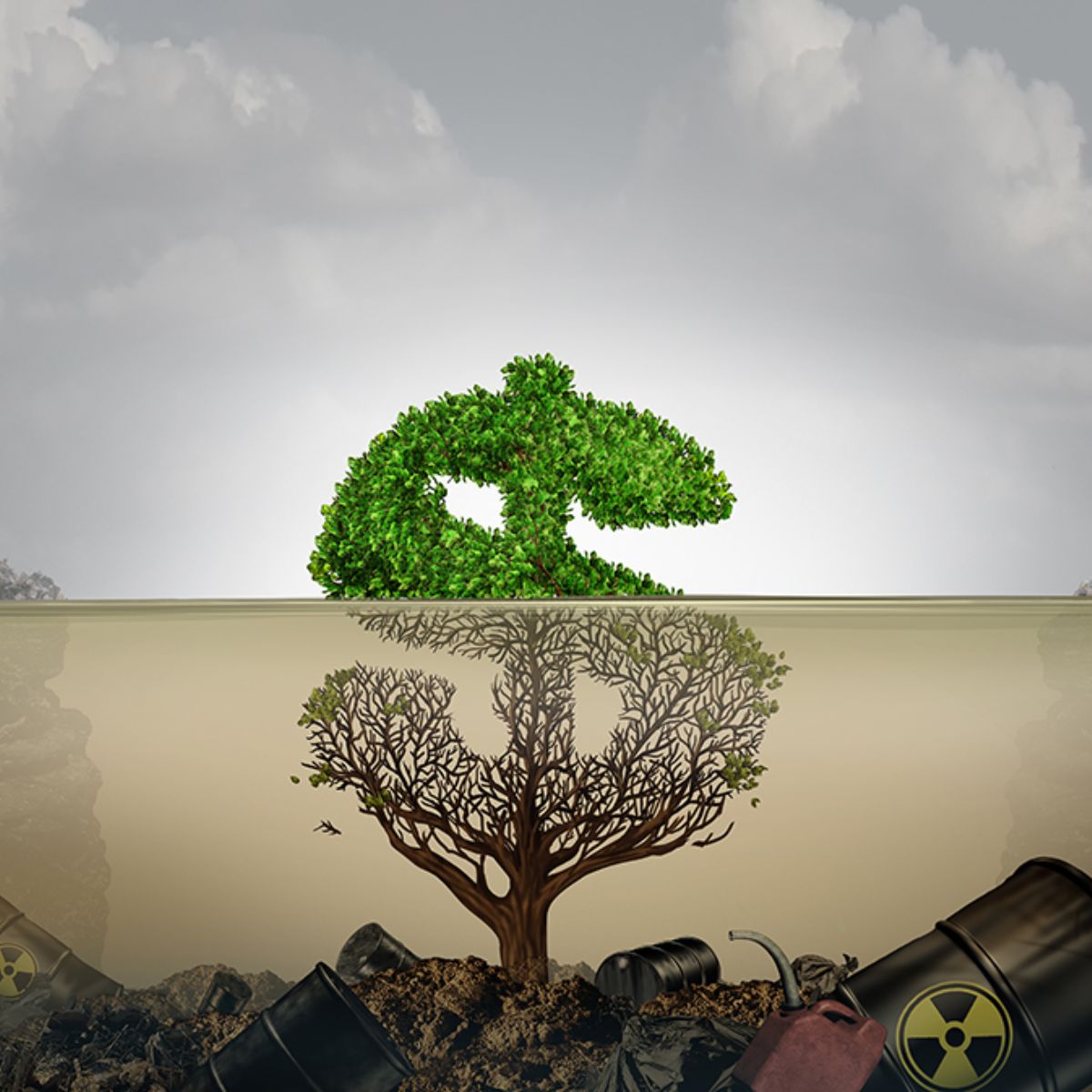Integrated Water Resources Management
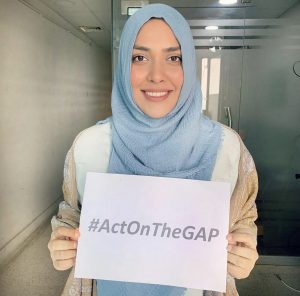
Women and Resilience in the Face of Climate Change
Photo courtesy of Syeda Hadika Jamshaid Syeda Hadika Jamshaid, Climate Change Specialist at the Ministry of Climate Change (MoCC), Pakistan, is also currently serving as the UNFCCC Gender Focal Person for Pakistan. She supports the MoCC in building climate resilient infrastructure, towards achieving Nationally Determined Contributions (NDC), localizing carbon market tools for sustainable development, and [...] Read More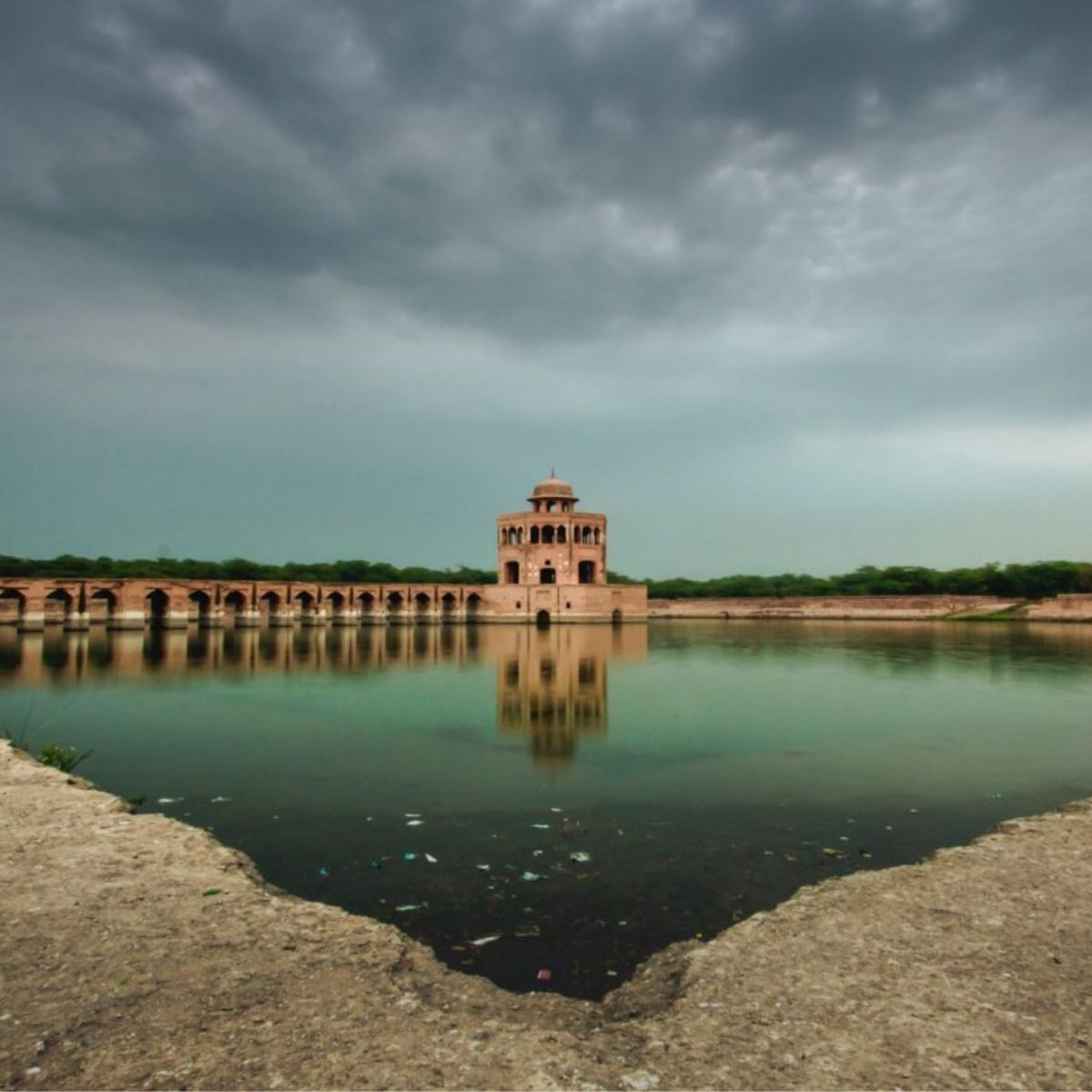
Till the Very Last Drop: Reforming Water Policy Alignment in Pakistan
Photo by Shahbaz Hussain from Pexels Integrated Water Resource Management (IWRM) approaches enable action by taking into consideration multiple options for enhancing water use efficiency, equal distribution among users, and environmental sustainability. Water resources management requires a more integrated approach, rather than a sectoral one. IWRM aims to: protect the interests of all upstream and [...] Read More
Crop Modeling: How it Can Support Climate-smart Agriculture Policies in Pakistan
Photo by Ahmad Anas/Shutterstock.com Climate change is impacting agricultural production in Pakistan, threatening the country’s development given its high economic dependence on this sector. Specifically, changes in rainfall and temperatures combined with rising instances of flooding are reducing crop yields and reducing the number of goods going to market. Traditional farmers are particularly vulnerable to [...] Read More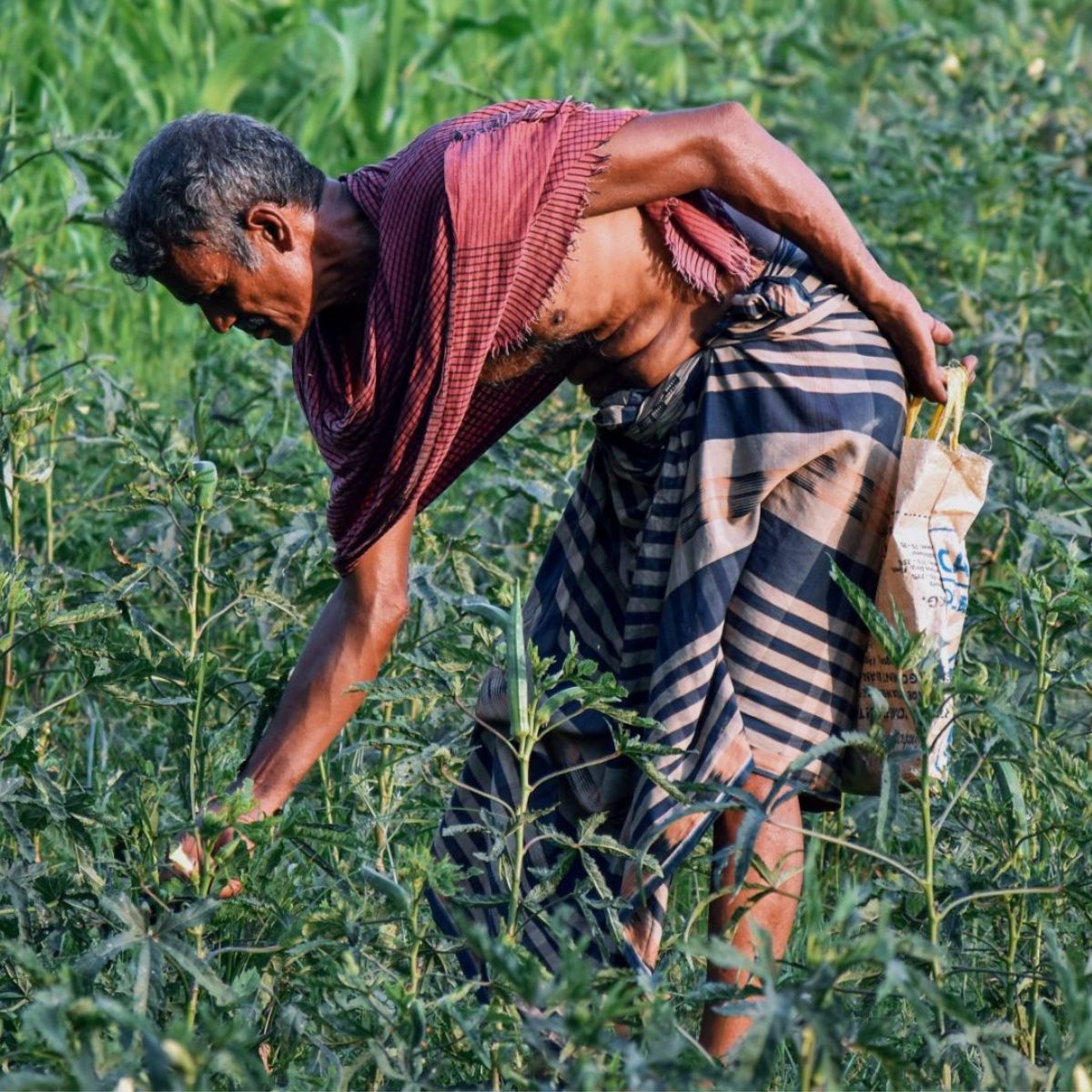
Adapting to Risk: Climate-smart Agriculture Practices in Bangladesh
Photo by Tarikul Raana Adapting to Risk: Climate-smart Agriculture Practices in Bangladesh Bangladesh is a country that is highly vulnerable to the impacts of climate change. In fact, the latest Germanwatch report ranks this country seventh globally in the Climate Risk Index for 2000-2019. Each year, its over 164 million people experience frequent and extreme [...] Read More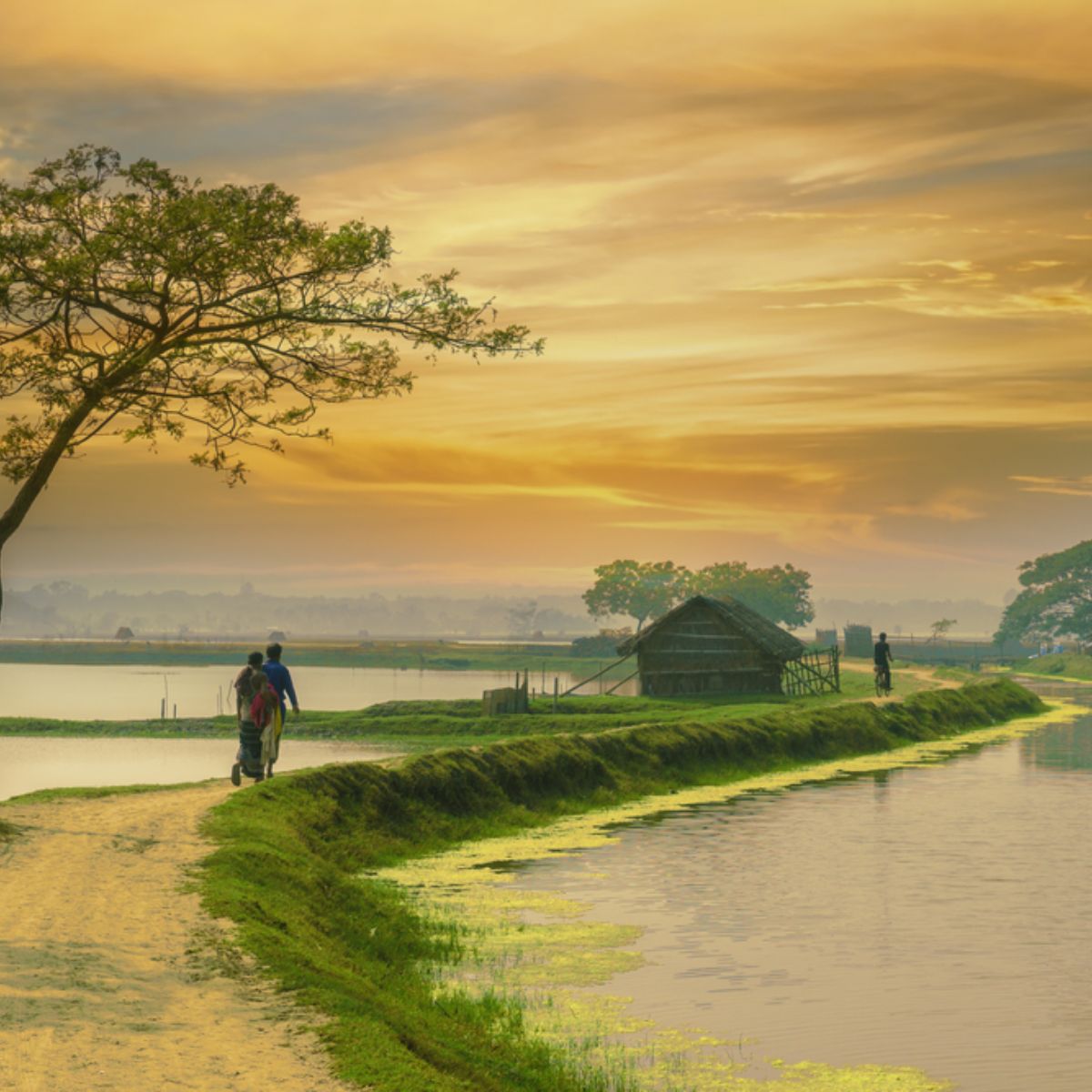
Transport in Bangladesh: Building Better Roads
Arlo Magicman/Shutterstock.com Bangladesh has undergone significant economic growth in the last couple of years. Rural infrastructure development has played a major role in ensuring economic mobility and development. Rural roads are the lifelines that help rural people get connected and move their merchandise and agricultural products all throughout the country. Road infrastructure is balancing [...] Read More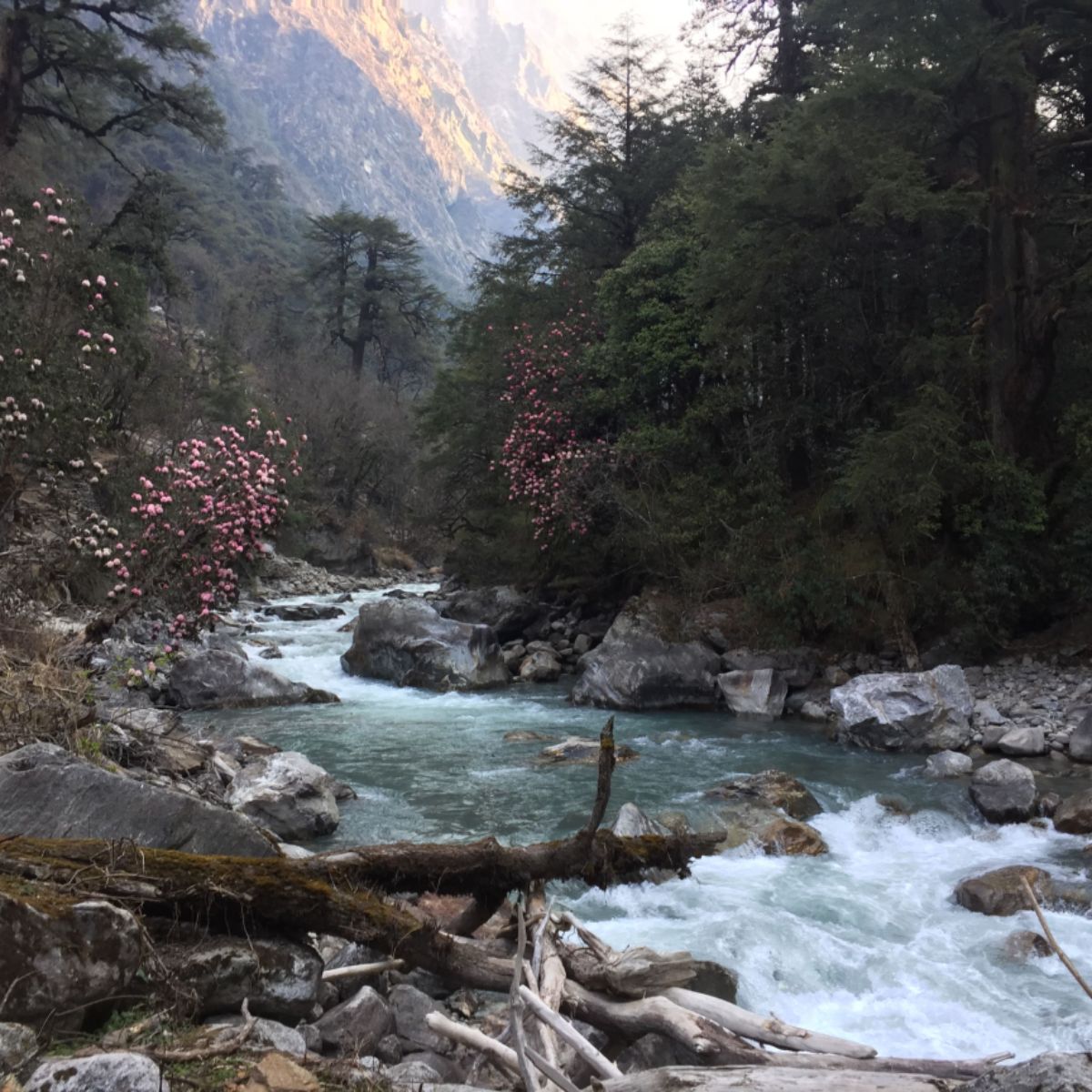
Need of the Hour: Translating Water Policies into Action
Photo by Purna Chandra Lal Rajbhandari Home to the mighty Himalayas, Nepal is rich in water resources. Major rivers emerge from its snowfields and glaciers, cascade through gorges and valleys, and flow into the flatlands of the Terai region. But despite its water abundance and large potential for hydropower generation, Nepal’s rivers are yet [...] Read More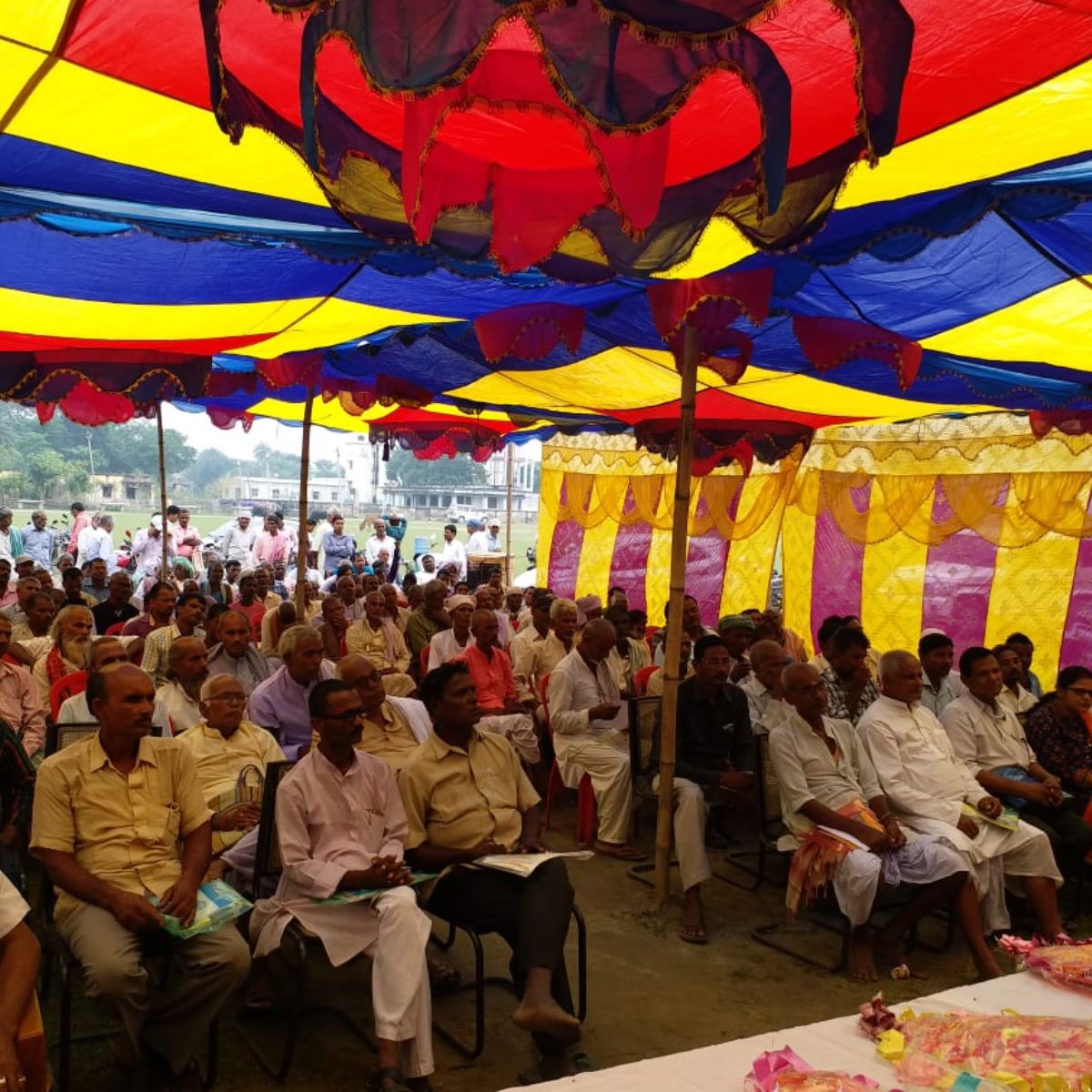
The Nexus between Climate Change and Food Security
Photo by Praveen Kumar Scientific data is more than enough to conclude that climate change is faster than ever before. But are we changing fast enough to face the greatest development and humanitarian challenges? Many of the potential impacts of rapid changes in climate have been modeled at multiple levels, including impacts on one of [...] Read More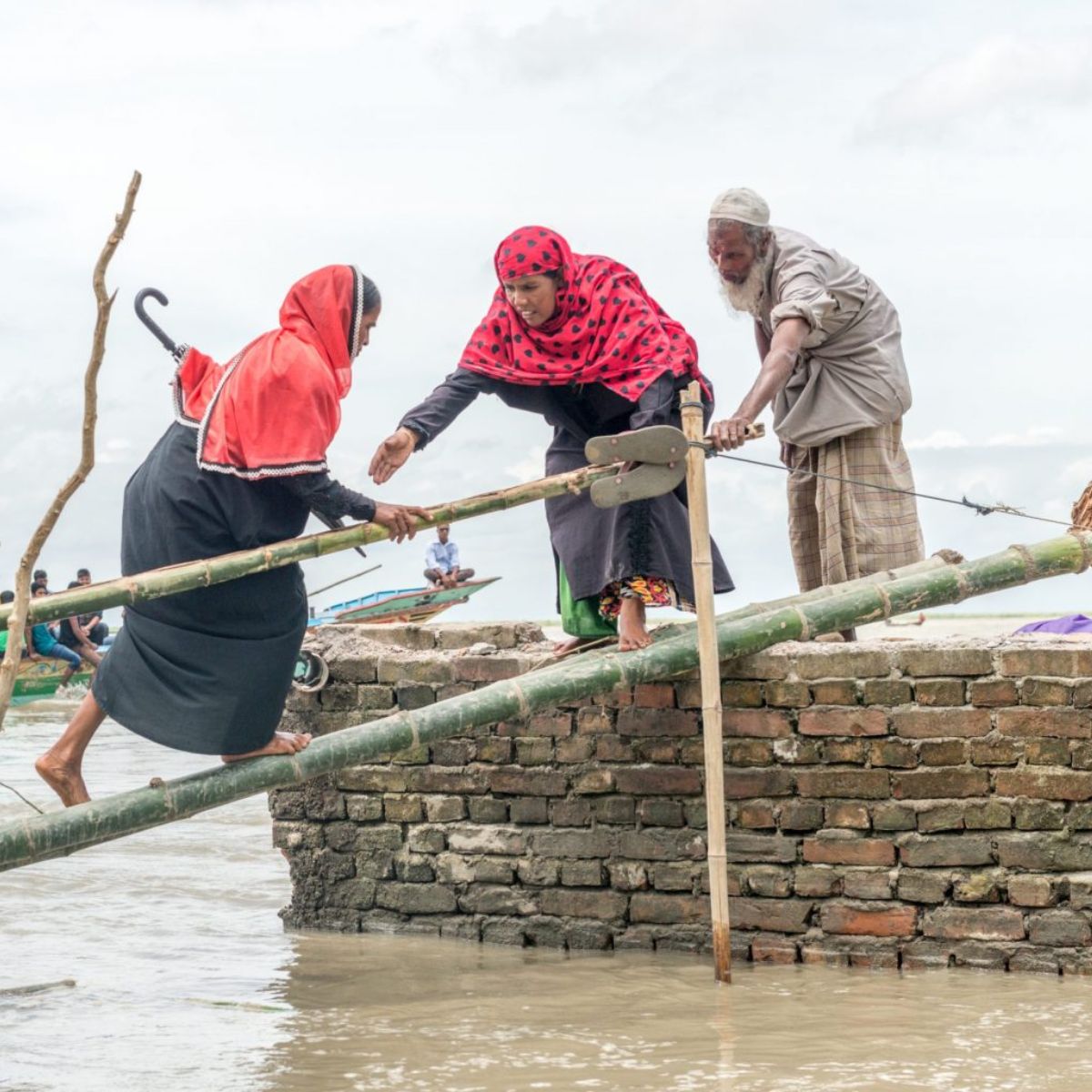
Promoting Integrated Climate Approaches in South Asia
Photo by Sohel Pravez Haque/ Shutterstock.com Divided by geographic boundaries, over 1.9 billion people living in South Asian countries share mountains, rivers, oceans, energy sources as well as weather and vulnerabilities associated with climate change. Therefore, cooperation across borders is critical to meeting the challenges unleashed by the vagaries of weather. The development gains in [...] Read More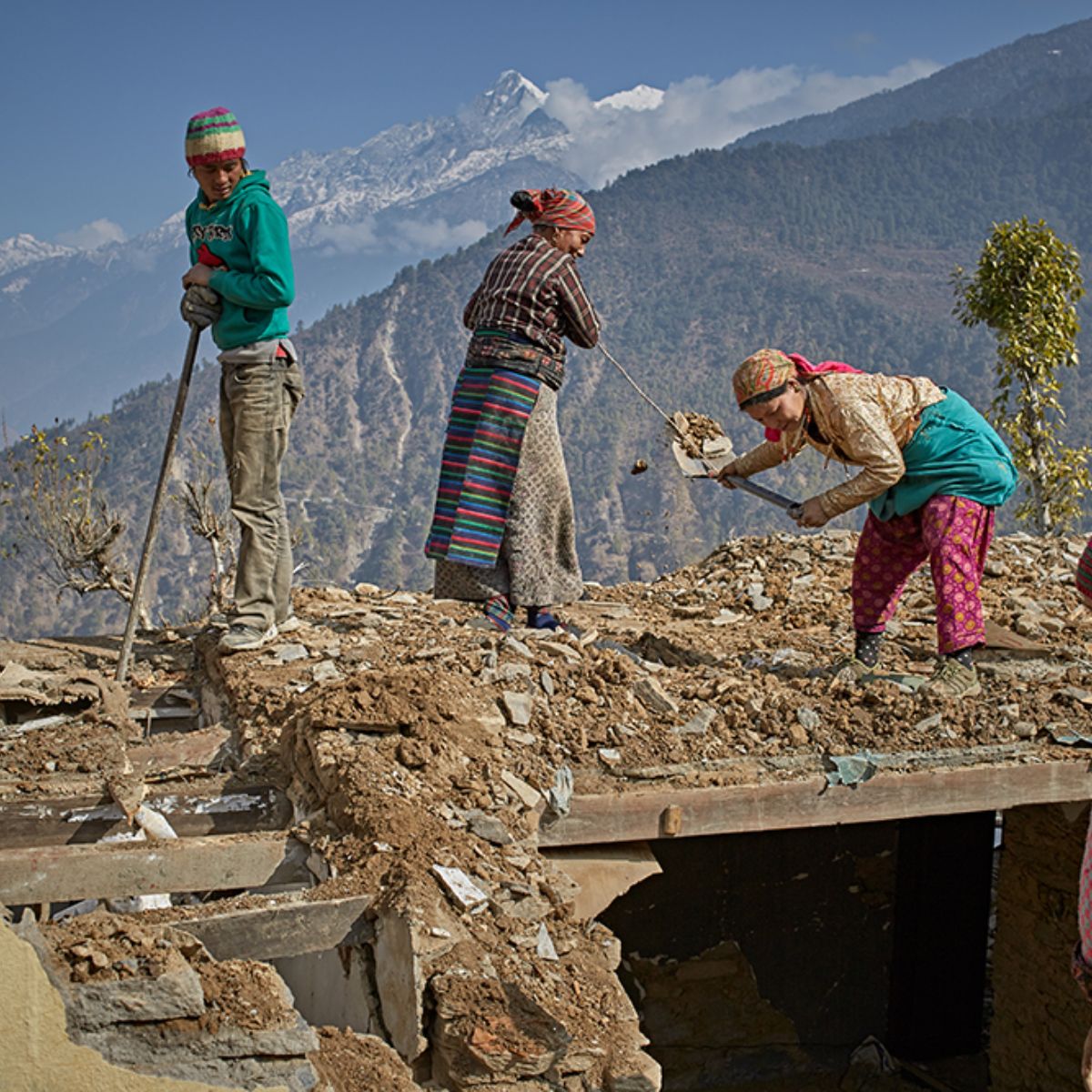
Mainstreaming Gender Equality in Climate Adaptation and Resilience
Cover photo: Salvacampillo / Shutterstock.com The disproportionate burden of climate variability on women is primarily due to persistent gender inequalities interconnected with climate risks and vulnerabilities. Gender disparity in terms of access to and control over resources like land, capital, information, innovation, technology, and decisions make women more vulnerable to climate change and susceptible to [...] Read More